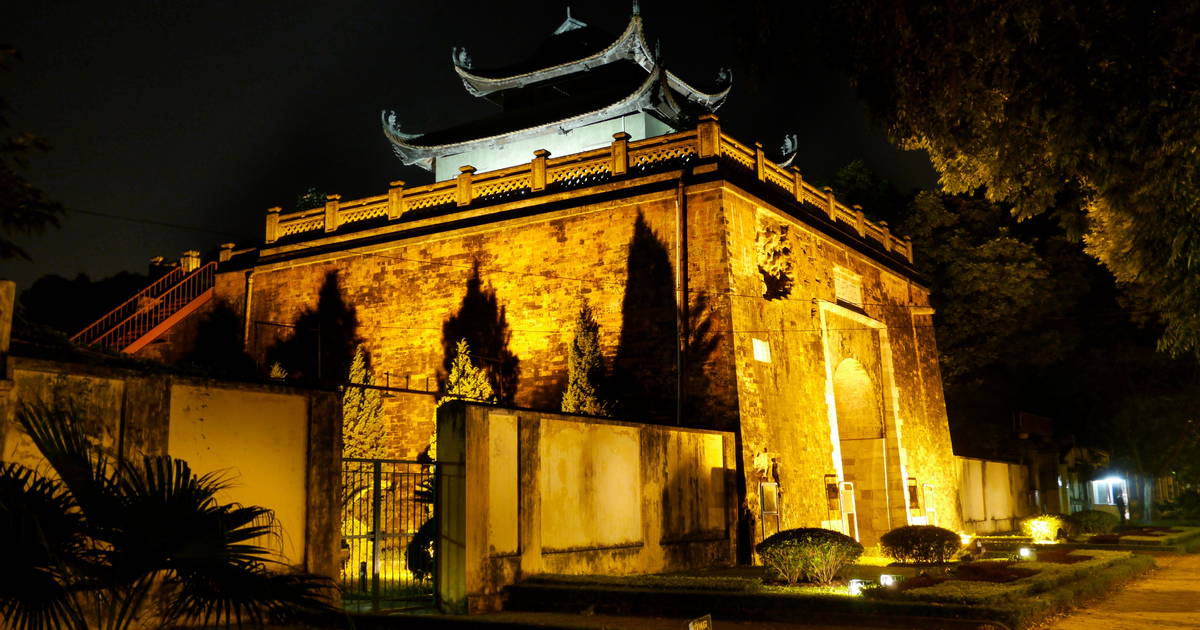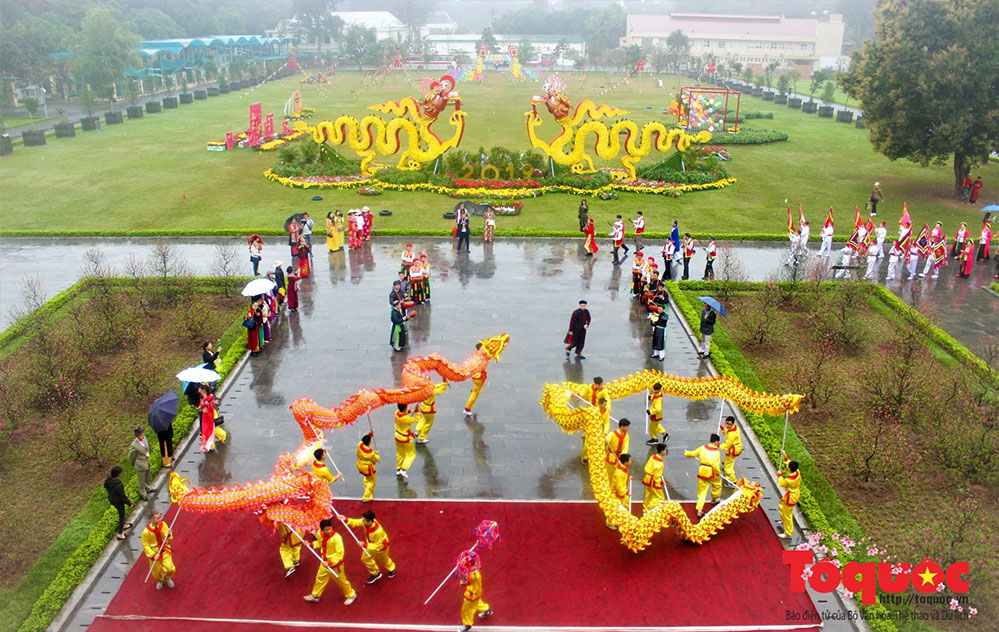Central Sector of the Imperial Citadel of Thang Long – Hanoi
The Thang Long Imperial Citadel was built in the 11th century by the Ly Viet Dynasty, marking the independence of the Dai Viet. It was constructed on the remains of a Chinese fortress dating from the 7th century, on drained land reclaimed from the Red River Delta in Hanoi. It was the centre of regional political power for almost 13 centuries without interruption. The Imperial Citadel buildings and the remains in the 18 Hoang Dieu Archaeological Site reflect a unique South-East Asian culture specific to the lower Red River Valley, at the crossroads between influences coming from China in the north and the ancient Kingdom of Champa in the south.

Outstanding Universal Value
Brief summary
The Central Sector of the Imperial Citadel of Thang Long -- Hanoi, located in the heart of the capital of Viet Nam, is the most important and best-preserved part of the ancient Imperial Citadel of Thang Long.
The Thang Long Imperial Citadel was built in the 11th century by the Vietnamese Ly Dynasty, marking the independence of the Đại Việt. It was built on the remains of a Chinese fortress dating from the 7th century, on drained land reclaimed from the Red River Delta in Hanoi. It was the centre of regional political power for almost thirteen centuries without interruption.
The buildings of the Imperial Citadel and the remains in the 18 Hoang Diêu Archaeological Site reflect a unique South-East Asian culture specific to the lower Red River Valley, at the crossroads of influences coming from China in the north and the ancient Kingdom of Champa in the south.
The Imperial Citadel of Thang Long is characterized by its longevity and continuity as a seat of power, evidenced by different archaeological levels and monuments.
Criterion (ii): The Central Sector of the Imperial Citadel of Thang Long - Hanoi bears witness to the meeting of influences coming mainly from China in the north and the Kingdom of Champa in the south. It expresses a set of intercultural exchanges which shaped a unique culture in the lower Red River Valley.

Criterion (iii): The Central Sector of the Imperial Citadel of Thang Long bears witness to the long cultural tradition of the Viêt populations established in the Delta and the lower Red River Valley. It was a continuous seat of power from the 7th century through to the present day.
Criterion (vi): The Imperial Citadel of Thang Long at Hanoi, with its political function and symbolic role, is directly associated with numerous and important cultural and historical events, and leading artistic expressions and moral, philosophical, and religious ideas. The succession of these events marks the formative and development process of an independent nation over more than a thousand years, including the colonial period and the two contemporary Wars of Independence and reunification of Viet Nam.

